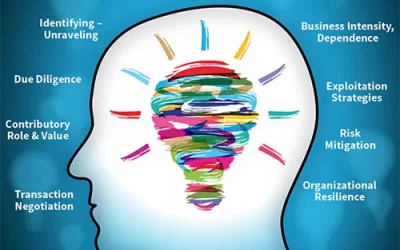Michael D. Moberly July 9, 2009 (Part One Of A Two Part Post)
Any well intentioned and designed ‘business case’, at minimum, should achieve four things for the (decision making) management team…
1. objectively convey the reasoning/rationale for engaging something new, different, and better than what’s been done previously, i.e., statement of the problem and how the problem will improve if the initiative is executed!
2. describe a time line when the new initiative will deliver a sufficient return-on-investment to be worthy of the time, resources, and expense of those who will be involved in its execution, i.e., primary benefits (near term and long term)!
3. demonstrate the relevance of the initiative and how it will favorably affect a company’s core business and its future growth potential and sustainability, i.e., secondary benefits (near term, long term, multipliers, and risk mitigators)!
4. describe environmental changes necessary to compliment – support the initiative, i.e., the time and costs to populate employee knowledge base, integrate it, and apply it!
Conceiving and presenting a ‘business case’ for utilizing intangible assets however, must begin with providing management teams with objective data and examples to aid in recognizing the relevance and feasibility of the initiative, key among them being…
1. their company actually possesses and produces potentially valuable and monetizable intangible assets.
2. the economic fact that, for most companies, including theirs, 65+% of the value, sources of revenue, sustainability, and foundations for future wealth creation lie in – are directly linked to intangible assets.
3. practical, measurable, and understandable techniques to identify, assess, value, position, leverage, and maximize/extract value from their intangible assets.
4. once executed, the initiative can be leveraged (showcased) to literally build additional intangible assets for the company, i.e., enhancing the company’s image, goodwill, reputation, etc.
Regardless of how well intentioned and designed a business case is for utilizing intangible assets, the presenter will likely face some well deserved challenges and skepticisms which frequently evolve from (a.) the fact that intangibles lack physicality, unlike tangible-physical assets, and (b.) intangibles are often portrayed/articulated in an esoteric (theoretical) manner who’s real business world application is suspect hence, an understandable reluctance to immediately embrace (accept) the contributions and value intangibles make to a company.



